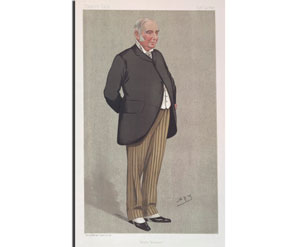Description
Please do not let the title put you off this is by no means a dry “management” manual, full of gobbledygook It might almost have been called “The Working and Management of THE English Railway. The London & North Western called itself “The Premier Line” on the basis of its descent through amalgamation from the pioneering Liverpool & Manchester. However the title might well be justified on other grounds. It operated more miles of route and employed more staff than any other railway in Britain. It consistently paid good dividends to its shareholders and on the basis of its capital, was said to be the “largest joint stock corporation in the world” bigger even than the American conglomerates of Morgan, Vanderbilt and Carnegie. At the time this book was published, it was just approaching its finest couple of decades, with the best permanent way in Britain, the most luxurious 12-wheeled coaches on its prestige services, turned out in richly decorative livery, and a reputation for prudent management. This last, of course was the secret. From 1858, to 1919, successive General Managers had joined the company as boys aged between 16 and 20, and worked their way up. Long before “Management Trainees” or “Traffic Apprentices” were introduced on other railways, the LNWR had “Cadets” – boys who showed promise as junior clerks, who were placed under the guidance of a Chief Officer (often the Superintendent of the Line, G.P. Neele). As a matter of interest, the later author of “Three Men in a Boat” Jerome K. Jerome was for a short time one of Neele’s Cadets – both men refer to this briefly in their memoirs, and give the impression that they parted with mutual relief…
Cadets were given the opportunity of working in different departments, in jobs of increasing seniority until they reached a level suited to their abilities, where they might remain until retirement, or move to another railway. This system produced Findlay, his four successors as General Manager (like Findlay, all of whom were knighted) and General Managers for two other railways, the London & South Western, and the South Eastern & Chatham.
This book is one of the classics of 19th c railway literature. Probably Cadets were set to work producing parts of it, and digging out statistics, but delegation is one of the hall marks of good management … Findlay’s knowledge of all aspects of his railway, and grasp of detail show what was required of a good General Manager in the great days of Britain’s railways. Read it and marvel. Large files, will take some time to download.
PREVIEW BELOW – MAY TAKE A WHILE TO LOAD.

Reviews
There are no reviews yet.